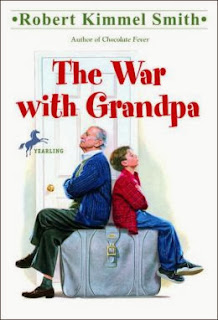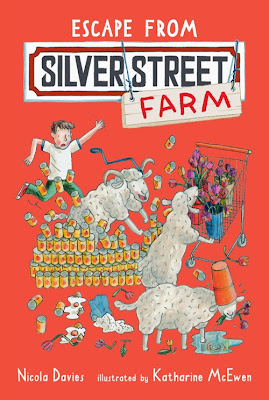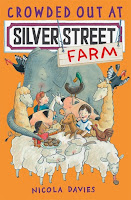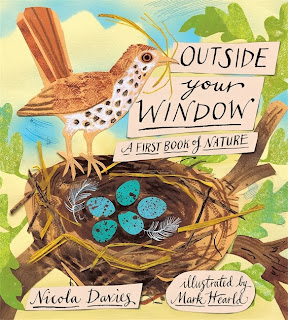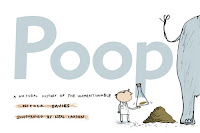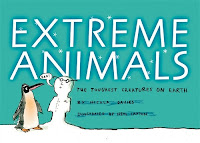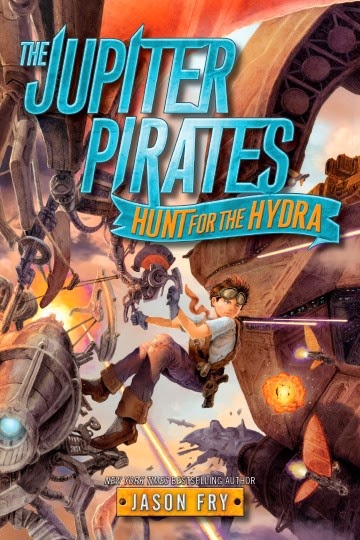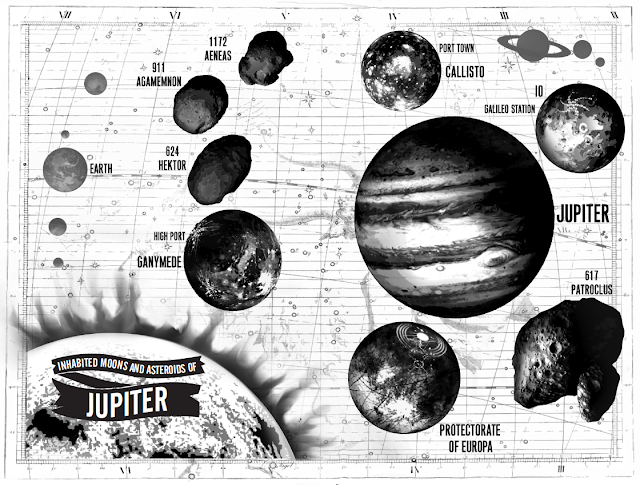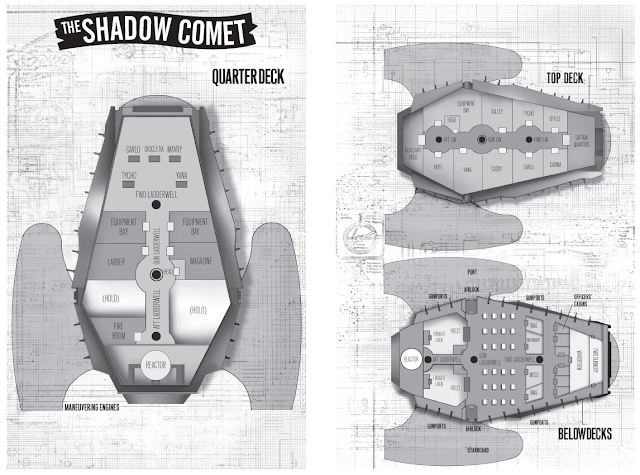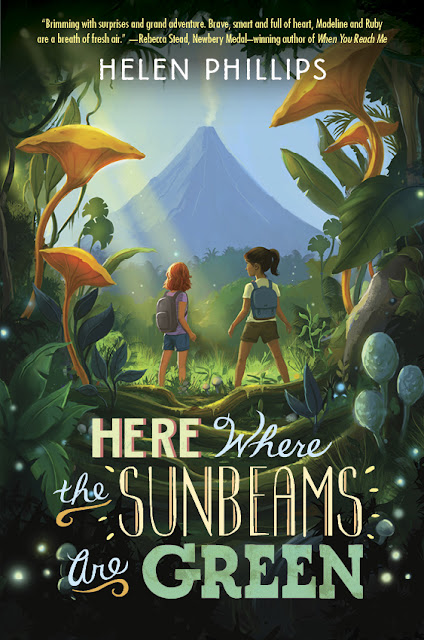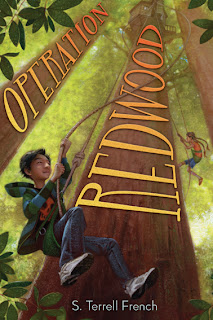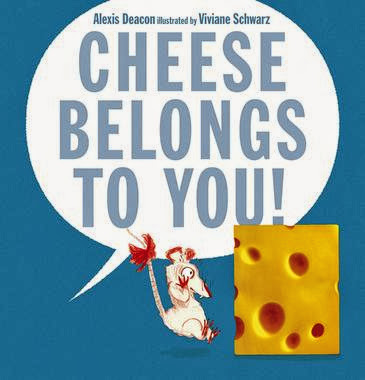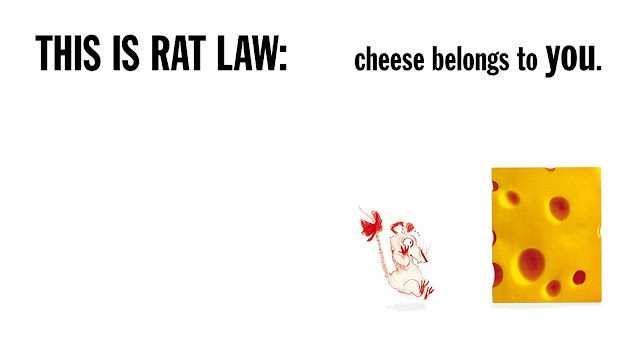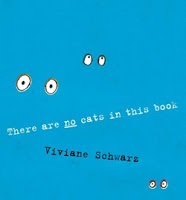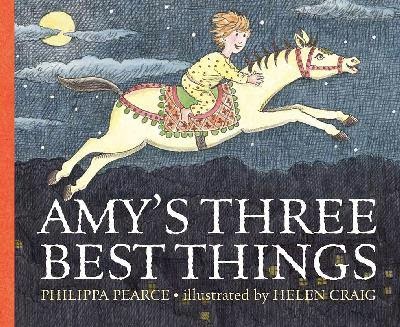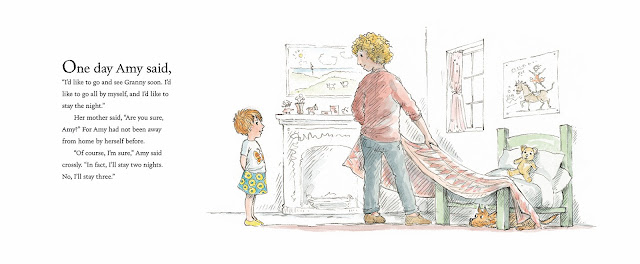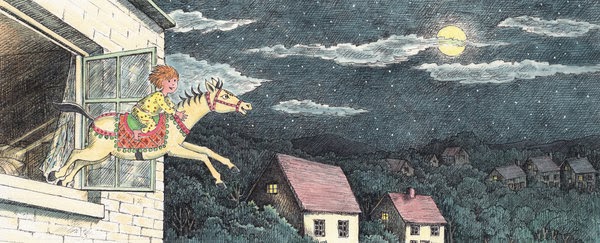 My mother taught fourth and fifth grade for almost 20 years before she retired. When she was a kid in school she struggled and was never a strong student or a big reader. Because of this, she brought a depth of understanding and passion to her teaching that endeared her to her students and made her a fantastic teacher. She also read a lot of kid's books during her years as a teacher and The War with Grandpa by Robert Kimmel Smith was one of her favorites that she has enthusiastically recommended to her grandkids. You probably know Kimmel Smith's book Chocolate Fever, his first, and now a classic, that almost all kids seem to read in second grade, about a boy with a love for chocolate that leads him into some sticky situations. In The War with Grandpa, the battle begins when Peter's grandpa moves in with his family, unceremoniously booting him from his beloved bedroom. While this hurts Peter, what hurts him even more is that his parents never asked him how he felt about the situation At the advice of his friends, Peter wages a war with Grandpa that involves escalating sneak attacks and midnight maneuvers.
My mother taught fourth and fifth grade for almost 20 years before she retired. When she was a kid in school she struggled and was never a strong student or a big reader. Because of this, she brought a depth of understanding and passion to her teaching that endeared her to her students and made her a fantastic teacher. She also read a lot of kid's books during her years as a teacher and The War with Grandpa by Robert Kimmel Smith was one of her favorites that she has enthusiastically recommended to her grandkids. You probably know Kimmel Smith's book Chocolate Fever, his first, and now a classic, that almost all kids seem to read in second grade, about a boy with a love for chocolate that leads him into some sticky situations. In The War with Grandpa, the battle begins when Peter's grandpa moves in with his family, unceremoniously booting him from his beloved bedroom. While this hurts Peter, what hurts him even more is that his parents never asked him how he felt about the situation At the advice of his friends, Peter wages a war with Grandpa that involves escalating sneak attacks and midnight maneuvers.The War with Grandpa was published in 1984 and it feels a little dated, but I don't think it's anything a young reader today would notice. What I appreciate most about The War with Grandpa is that it's a very straightforward story with Peter narrating and it's on the shorter side, but with a story that will appeal to older readers. In some ways, The War with Grandpa reminds me of Andrew Clements's About Average. Both books are around 150 pages with characters in 5th or 6th grade and present kids trying to figure out how to handle something that's bothering them, but the similarities end there. Clements's book is a layered and nuanced and, while the main character Jordan is being bullied by a classmate while also questioning her self worth, so much of her struggle is internal, revolving around her thoughts. With Peter, his story unfolds in a much more active way. He begins his narrative by explaining,
This is the true and real story of what happened when Grandpa came to live with us and took my room and how I went to war with him and him with me and what happened after that. I am typing it out on paper without lines on my dad's typewriter because Mrs. Klein, she's my 5th grade English teacher, said that we should write a story about something important that happened to us and to tell it 'true and real' and put in words that people said if we can and remember to put quote marks around them and everything.
Somehow, Peter's life seems a lot less complicated than Jordan's and I like that, especially since I think it's getting harder to find books like Kimmel Smith's - the kind of book that reluctant readers will read - these days. I hate to divide readership along gender lines, but I feel pretty confident that About Average, with the cover image of the main character pensively staring out the window, will attract fewer boy readers than The War with Grandpa, which makes me glad there are books out there like this one.
Playing the board game Risk with his buddies and talking about how frustrated he is by the way his parents moved his grandpa, who has a bad leg, into his bedroom on the second floor, bumping Peter to the attic room, without even discussing it with him, they convince him that he needs to declare war on his grandfather. It starts with a written declaration of war that opens up a conversation. Grandpa tries to convince Peter that wars are about power and greed, not a disagreement or a dispute, which is how he sees the situation. But Peter insists that he needs to stand up for his rights and that his peaceful methods of solving this dispute have not worked. One thing I especially like about The War with Grandpa is the way that Peter and Grandpa continue to discuss the war even as the attacks escalate, and yet the attacks continue to escalate. Peter hides Grandpa's watch and Grandpa hides Peter's school books - and shoelaces - inside various pieces of unused luggage, almost making him late for school. Grandpa slaps Peter, not out of anger but to make a point about what war really is. Peter is stunned, but it does make him think. The war with Grandpa finally ends when, after taking something of Grandpa's that he is especially attached to, Peter sees Grandpa in a different light. And Grandpa sees his situation in a different light as well, coming up with a brilliant solution to Peter's anger over his displacement. The resolution is realistic and satisfying and to the point. Interestingly enough, the bulk of the story and dialogue is between Peter and his Grandpa without much input or interaction from his parents, the people who technically caused the disruption in the first place. However, this feels completely realistic in the setting of the story.
I can see how, 10 or 20 years ago when my mother was teaching, The War with Grandpa stood out on the bookshelf. It's a great book, but this was also a time before Harry Potter and the exponential explosion of kid's books that followed. It's easy for books like Kimmel Smith's to get lost in the crowd today, but they haven't. They are still read and still found on the shelves of that rare place, a bookstore. His books also fill a small but important niche. While would recommend The War with Grandpa to almost any young reader, I would definitely recommend it to a reluctant reader, especially if that reader is a boy.
Source: Purchased Audio Book
